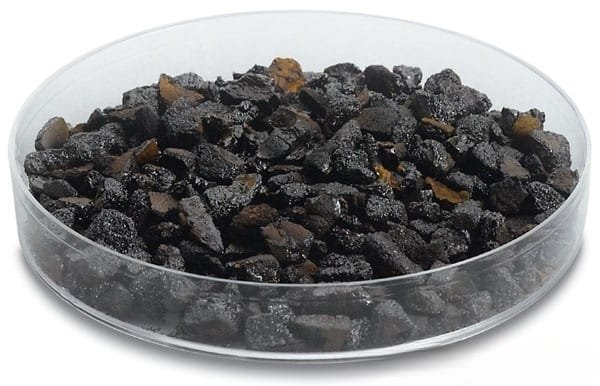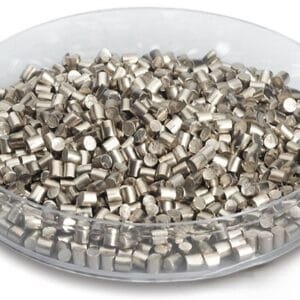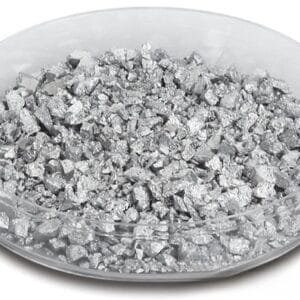Boron Carbide Evaporation Materials Description
TFM’s Boron Carbide evaporation material is a high-performance carbide ceramic with the chemical formula B4C. Renowned for its high purity, up to 99.9995%, our Boron Carbide materials are crucial in deposition processes, ensuring the production of high-quality deposited films. TFM’s rigorous quality assurance processes ensure the reliability and consistency of our evaporation materials.
Related Products: Boron Evaporation Materials, Carbide Ceramic Evaporation Materials
Boron Carbide Evaporation Materials Specifications
| Material Type | Boron Carbide |
| Symbol | B4C |
| Appearance/Color | Dark gray or black solid |
| Melting Point | 2,763 °C (5,005 °F; 3,036 K) |
| Density | 2.52 g/cm3 |
| Purity | 99.5% |
| Shape | Powder/ Granule/ Custom-made |
Boron Carbide Evaporation Materials Applications
Our Boron Carbide evaporation materials are used in:
- Deposition Processes: Essential for semiconductor deposition, chemical vapor deposition (CVD), and physical vapor deposition (PVD).
- Optics: Employed in wear protection, decorative coatings, and display technologies.
Boron Carbide Evaporation Materials Packaging
We ensure that Boron Carbide evaporation materials are meticulously tagged and labeled for clear identification and quality control. Our packaging is designed to prevent damage during storage and transportation.
Contact Us
For detailed information about our Boron Carbide evaporation materials, including various forms such as tablets, granules, rods, and wires, please contact us. TFM also offers custom forms and quantities to meet your specific needs. In addition to evaporation materials, we provide evaporation sources, boats, filaments, crucibles, heaters, and e-beam crucible liners. Reach out to us for current pricing and details on additional materials not listed.
Ordering Table
| Material | Size | Quantity | Purity | Part Number |
| Boron Carbide | 3mm - 12mm | 500 g | 99.5% | EVMBC25312T |
| Boron Carbide | 3mm - 6mm | 100 g | 99.5% | EVMBC2536D |
| Boron Carbide | 3mm - 6mm | 250 g | 99.5% | EVMBC2536J |
| Boron Carbide | 3mm - 6mm | 1 kg | 99.5% | EVMBC2536KG |
| Boron Carbide | 3mm - 6mm | 500 g | 99.5% | EVMBC2536T |


 MSDS File
MSDS File



Reviews
There are no reviews yet.